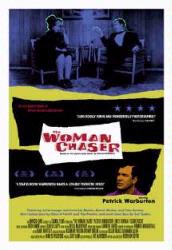 “The Woman Chaser” (1960) is not a good title for this book. The book is not about chasing women, though Richard Hudson does some of that. But he’s really chasing success, or self-actualization.
“The Woman Chaser” (1960) is not a good title for this book. The book is not about chasing women, though Richard Hudson does some of that. But he’s really chasing success, or self-actualization.
Richard Hudson comes to LA to start a used-car dealership for his boss in San Francisco. Hudson is great at selling cars, and he experiences success pretty quickly.
He also moves in with his mother and her new husband, Leo, a washed-up film producer who is 20 years younger than she is.
Richard, restless, decides to launch into the film business. He’s got an idea for a movie, which he wants to write and director and everything else–and Leo’s inside knowledge puts him on his way.
“The Woman Chaser” is told first-person by Richard Hudson, whose ego and delusions of grandeur come through loud and clear.
There is no real plot–no mystery to solve, no destination to arrive at. In that way, the book is similar to Willeford’s “The Pick-up,” or Jim Thompson’s “The Grifters.” You’re just carried along as you follow Hudson from one thing to another, and eventually the book stops.
I read this book not because of the title, but because of the author. Willeford is good. I enjoy reading his work. “The Woman Chaser” is the fifth Willeford book I’ve read.
Willeford was born in Arkansas, but grew up in Los Angeles. In 1935, he began a 21-year stint in the military, serving in various roles. During World War 2, he was a tank commander who fought in the Battle of the Bulge, and he earned the Silver Star, Bronze Star for outstanding bravery, and Purple Heart. He left the military in November 1956, a few weeks after I was born. But by then, he had already published three novels–in 1953, 1955, and 1956.
A high school dropout, after leaving the military Willeford worked as a boxer, actor, horse trainer, and radio announcer, and studied painting in France for a while. Quite the Renaissance Man. He entered college in 1960, and by 1964 had a Master’s.
Willeford’s most famous novel is “Miami Blues” (1984), the first of five books featuring Detective Hoke Mosely. I read “Miami Blues,” and really need to get to the others. I just think he’s an excellent writer who doesn’t adhere to any formulas. Willeford died in 1988, but left some good reading behind.
Previous Willeford reviews: “Miami Blues” and “The Cockfighter,” and “Pickup”, a book whose ending I’ll never be able to forget.

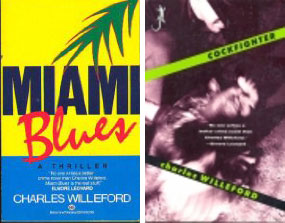

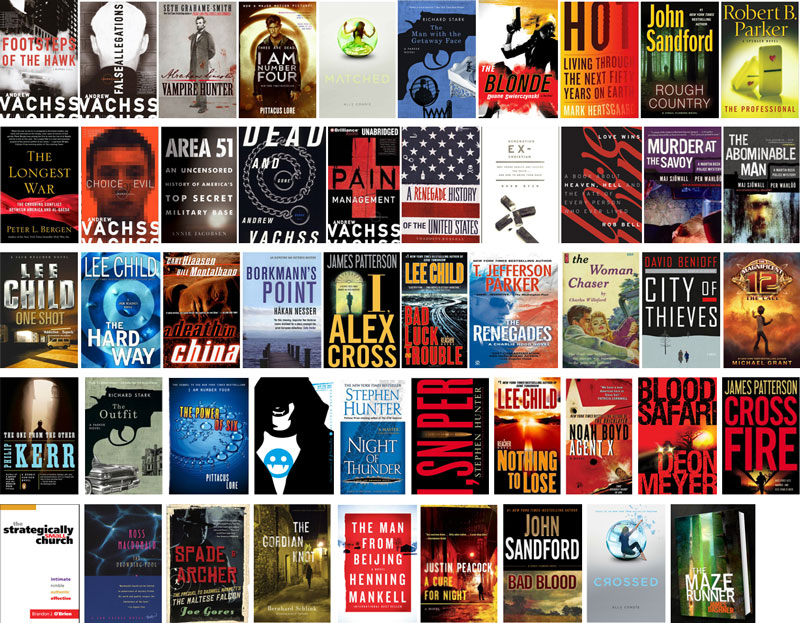
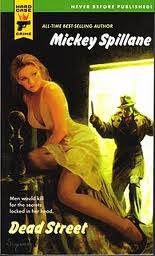 I just read my first Mickey Spillane novel, and it’s not at all what I expected.
I just read my first Mickey Spillane novel, and it’s not at all what I expected.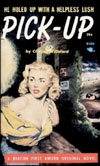 This book seemed so-so right up until the last two sentences, when it blew me away.
This book seemed so-so right up until the last two sentences, when it blew me away.



